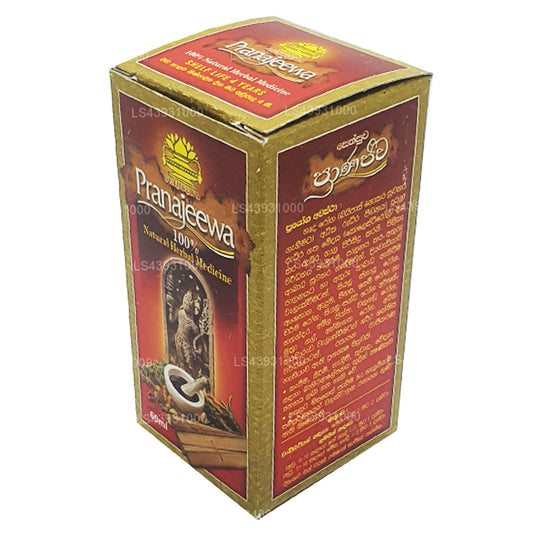
Ayurvedic Medicinal Plants
Sri Lanka's Ayurvedic tradition features a rich variety of medicinal plants used for centuries. Sri Lanka has a rich tradition of Ayurvedic medicine, drawing on its indigenous knowledge and a variety of medicinal plants. Here are some notable Ayurvedic medicinal plants found in Sri Lanka:
Sandalwood
Sandalwood is a class of woods from trees in the genus Santalum. The woods are heavy, yellow, and fine-grained, and unlike many other aromatic woods, they retain their fragrance for decades. Colonization and sea trade in 18th & 19th centauries has introduced several species of sandalwood from Pacific and Oceania to the Sandalwood trade. It’s being used in Asian civilizations since reported history. Thus been a major exports out of Southern India. The Indian Sandalwood (Santalum album) is the well known commodity, which is also found in Nepal, Bangladesh, Pakistan, Sri Lanka, Australia, Indonesia, Hawaii, and other Pacific Islands.
Suitability
The formation of heartwood is best between 600-900m, with an annual rainfall of 850-1200mm. A comparatively cool climate, moderate rainfall and sunshine are the ideal conditions for the development of the heartwood. It can grown in different types of soils like sandy, clay red soils, laterite loam and black cotton soils. Indian Sandalwood is also found native in Sri Lanka. Earlier stages of discovery shows these native trees being found in area like Beragala, Diyaluma in a cold climate. However native trees being later found in intermediate/dry zones as well.
Use of Sandalwood
Both wood and oil are used in incense, perfumes and in medicine. Sandalwood being closely grained and amicable to carving, the wood is suitable for making idols and boxes of exquisite beauty. Major portion of the sandal wood oil is produced by steam distillation of the pulverized heart wood and root. Essential oil distilled is used in cosmetics as a fragrant and a natural fixative. Traditionally East Asian countries (China, Taiwan and Japan) are the largest consumer of these products. Annually 5000 – 6500 tons of Sandalwood is used globally for the above purpose.
-

Ankenda
Acronychia pedunculata -

Beli
Aegle marmelos -

Bakmi
Nauclea orientalis -

Bangwel-geta
Coscinium fenestratum -

Bukinda /Walkinda
Tinospora malabarica -

Bu- kobbe
Allophylus cobbe -

Dodan –kaha
Memecylon capitellatum -

Diyamitta
Cissampelos pareira -

Embul dodan
Citrus aurantium -

Gas nidikumba
Biophytun reinward -

Hintambala
Carmona microphylla -

Goraka
Garcinia cambogia -

Karapincha
Murraya koenigii -

Keppetiya
Croton laccifer -

Kohomba
Azadirachta indica -

Kotikan-bevila
Sida alba -

Kudumiris (Forest paper)
Toddlia asiatica -

Kurundu
Cinnamomum zeylanicum -

Mahakaramba
Carissa carandas -

Muna mal
Mimusops elengi -

Nelli
Phyltanthus emblica -

Puwak
Areca catechu -

Rath mal
Ixora coccinea -

Eepatta / Ruk - anguna
Alangium salviifolium -

Siyambala
Tamarindus indica -

Walangasal / Wal-embilla
Embelia ribes -

Wal Karapincha
Micromelum ceylanicum -

Welangiriya
Paramignya monophylla
Ayurvedic and Herbal
-
Siddhalepa Ayurveda Herbal Balm
Regular price From $0.32 USDRegular priceUnit price / per$0.38 USDSale price From $0.32 USDSale -
Lakpura Wildcrafted Soursop (Guanabana, Graviola, Guyabano) Dehydrated Leaves Whole
Regular price From $3.00 USDRegular priceUnit price / per$2.15 USDSale price From $3.00 USD -
Link Swastha Triphala
Regular price From $1.90 USDRegular priceUnit price / per$2.25 USDSale price From $1.90 USDSale -
Sethsuwa Pranajeewa Oil
Regular price From $3.20 USDRegular priceUnit price / per$3.80 USDSale price From $3.20 USDSale

















































